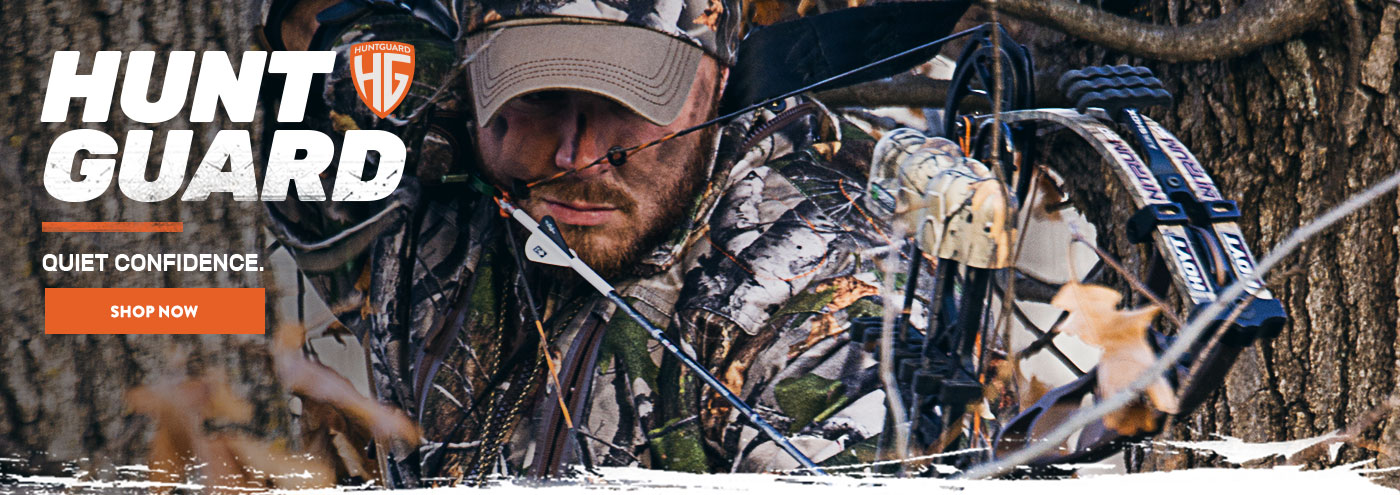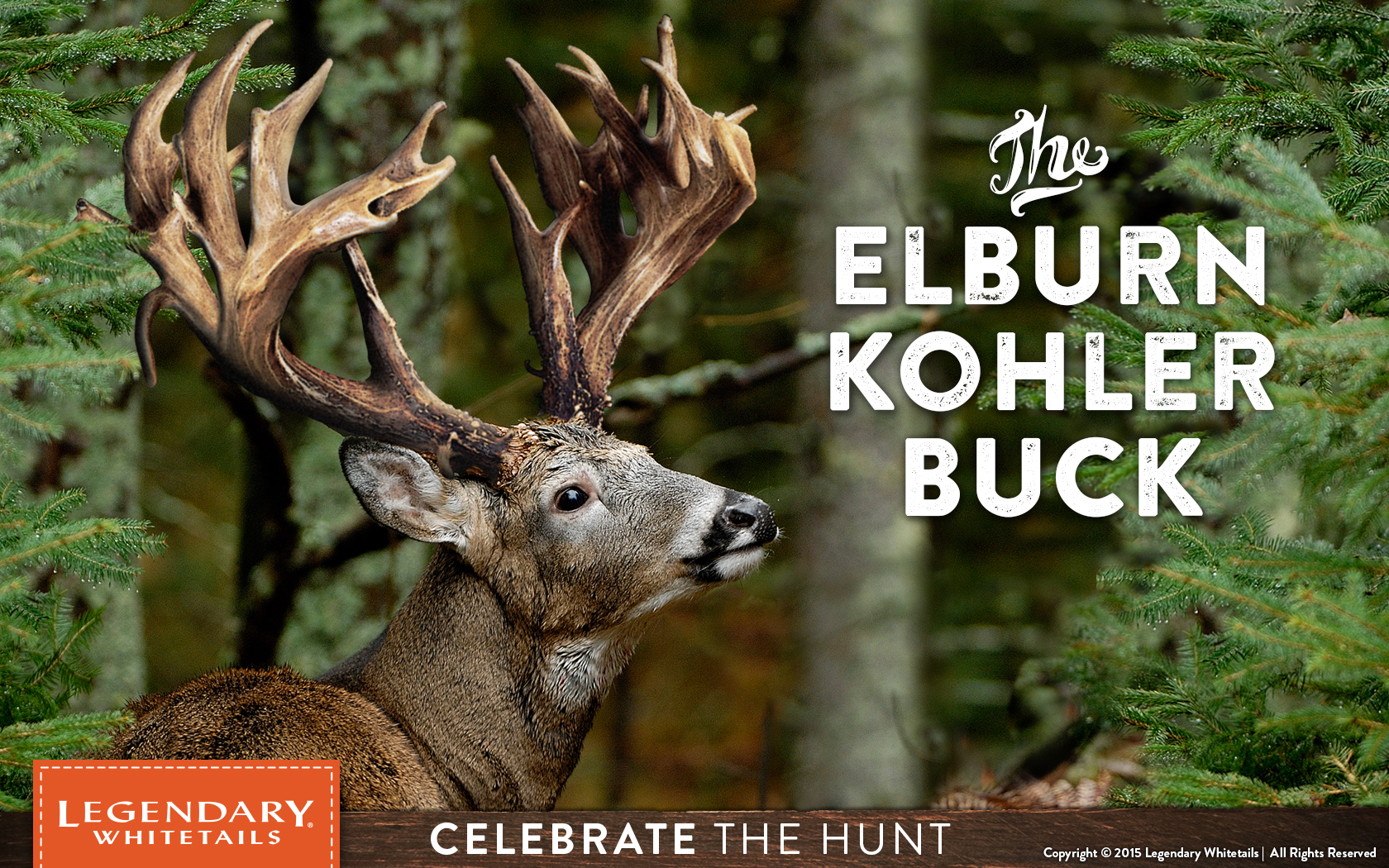The Canadian province of Saskatchewan is a relatively flat, low-lying territory of over 250,000 square miles. Here, the plains or Dakota white-tailed deer (Odocoileus virginianis dakotensis) is distributed throughout the province. This province has recently emerged as a legendary name in trophy whitetail hunting, having produced such remarkable animals as the Garvey Buck and the Milo Hanson Buck. Indeed, Saskatchewan is perhaps the greatest producer of record whitetails in the world.
In looking through Henry Kelsey’s Big Game Records, published by the Saskatchewan Wildlife Federation, one observes that the great bulk of the trophies were taken during the late 1950s and the 1960s, when hunters were fewer, pressure was lower and ideal habitat was in great abundance.
One of these bucks was shot on November 1, 1957, by a deer hunter named Elburn Kohler. This massive 33-pointer, with a Boone and Crockett score of 265 3/8 non-typical, now reigns as Saskatchewan’s biggest non-typical. In studying the royal configuration of this buck, which now ranks No. 12 all-time, it is easy to understand why many deer hunters call him “The King of White-Tailed Bucks.”
The antlers alone weigh an incredible 11 1/4 pounds. By comparison, the massive Jordan rack only weighs 10 1/4 pounds. The Kohler Buck’s antler circumferences average almost seven inches, with 54 4/8 total inches. The antlers consist of 67 4/8 inches of abnormal points. The deep, rich brown color of the antlers (they’ve never been artificially colored) make the rack a grand masterpiece of nature.
The exact details of how Elburn Kohler shot this massive buck may never be known since he died in 1961. But, we do know that he bagged this buck in the northern coniferous forest somewhere in the vicinity of the small village of White Fox (population 264), located near Tobin Lake in northeastern Saskatchewan. There, Kohler met up with this legendary buck in a true wilderness setting, where most travel was done via float planes and where, even today, whitetail densities remained quite low. Where it was shot was described as “the last road to wilderness.”
The year of this noble buck’s demise, 1957, was a fascinating year in the history of North American whitetail deer hunting. Eight other whitetails also entered the Saskatchewan record book in ’57. That year also saw the widespread distribution of The Wildlife Management Institute’s classic deer book, The Deer of North America, edited by Walter P. Taylor.
In 1957, the greatest storyteller of deer hunting tales was Edmund Ward Smith (1900-1967). He dazzled the deer hunting fraternity with his humorous adventures of Jeff Coongate, the legendary One-Eyed Poacher of Privilege. On the how-to front, Larry Koller’s classic, Shots at Whitetails, reigned supreme, as did the deer prints of the young Bob Kuhn.
In 1957, big game hunting historian, Grancel Fitz, published North American Head Hunting, in which he rightly argued that “you can travel the world over for trophies, far back of beyond you may go, but one day you’ll come back to follow the track of the white-tailed deer in the snow”—the greatest prize of North American hunting. The Kohler Buck is indeed one of these prizes.
When Kohler died in 1961, his mother passed the antlers on to his half-brother, Colin Bishop, who resided on Vancouver Island. Bishop had the antlers scored in British Columbia, and they appeared in the 1971 Boone and Crockett book with a score of 246 7/8. Then, in 1979, the antlers were rescored by a panel of judges from the Boone and Crockett Club. They ultimately ended up with an impressive final score of 265 3/8 non-typical points.
In 1986, Joe Coombs, a well-known taxidermist from Loraqnger, Louisiana, sculpted a new headform for the mount. Then, Joe Meder to Solon, Iowa, one of the world’s premier whitetail taxidermists, remounted the head. Joe Meder’s artistic taxidermy gives the Kohler Buck the look of royalty that borders on the artistic imagery of Sir Edwin Landseer’s classic painting “The Monarch of the Glen.
A fitting pose for “The King of White-Tailed Bucks.”






